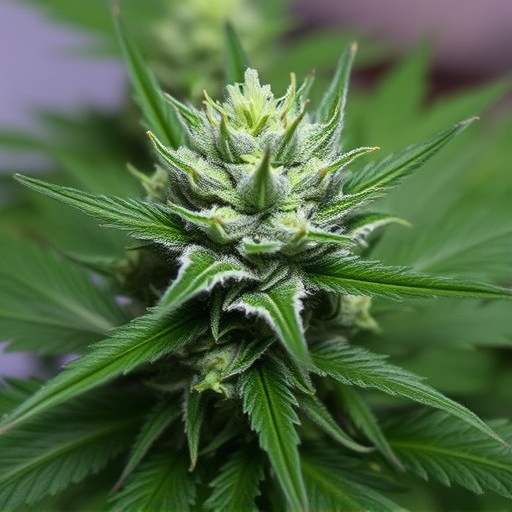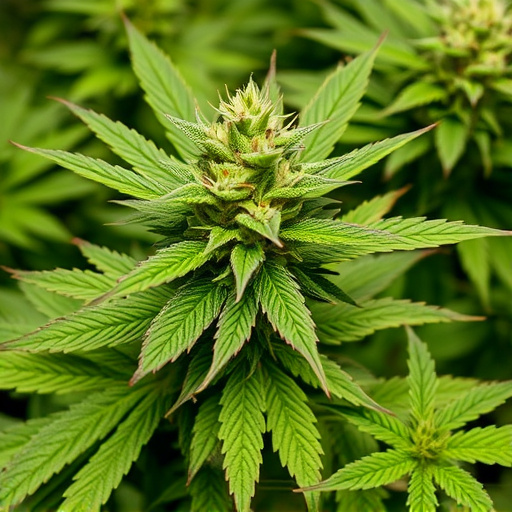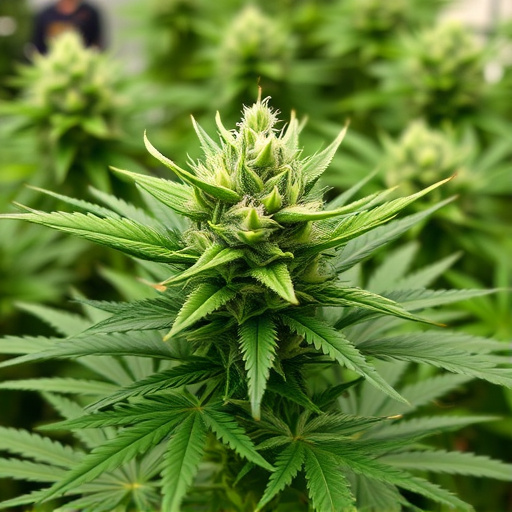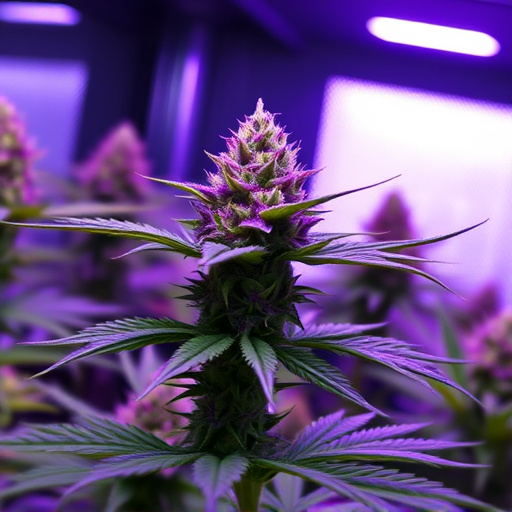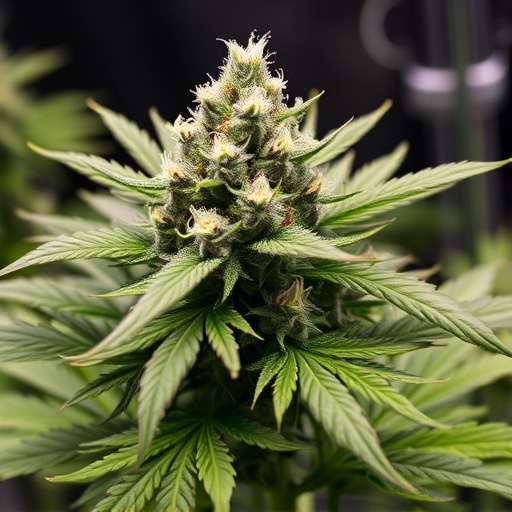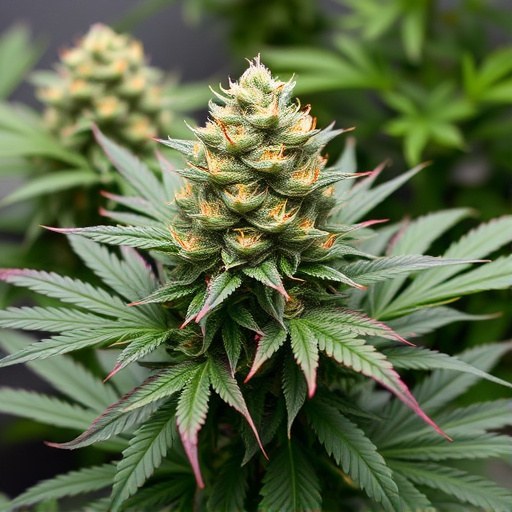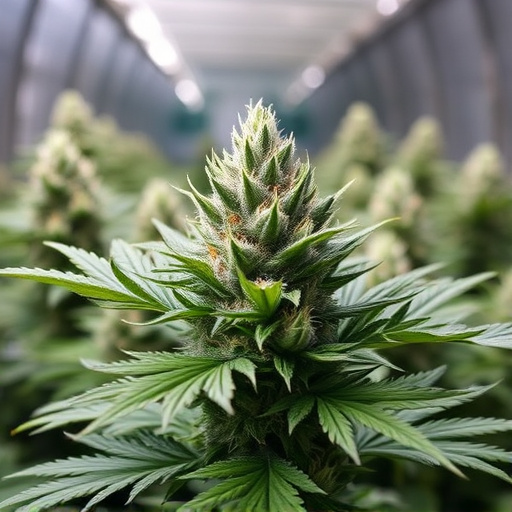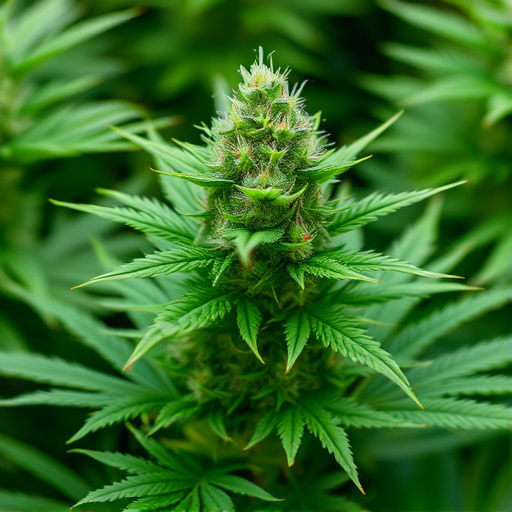Cannabis metabolism significantly impacts the detectability of compounds like THC and CBD in the body, varying based on consumption method, individual factors, and cannabinoid profile. Highest yielding cannabis strains, due to elevated THC content, can extend detection periods up to 30 days or more for infrequent consumers and even longer for regular users. Testing methods, such as urine tests and advanced GC-MS analysis, play a crucial role in determining detectability timelines. Misinterpretation of results is common; occasional users may still test positive up to a week after consumption of high-yield strains, with chronic use extending this window. Understanding these dynamics is vital for legal and employment implications related to highest yielding cannabis strains.
Discover how long cannabis remains detectable in your system, a crucial question for both users and employers. This article delves into the science behind cannabis metabolism and elimination, exploring factors influencing detection time. From understanding the unique traits of highest yielding cannabis strains to familiarizing yourself with testing methods and their interpretation, gain insights to make informed decisions regarding use and potential implications.
- Understanding Cannabis Metabolism and Elimination
- Factors Affecting Cannabinoid Detection Time
- Testing Methods and Interpretation of Results for Highest Yielding Cannabis Strains
Understanding Cannabis Metabolism and Elimination
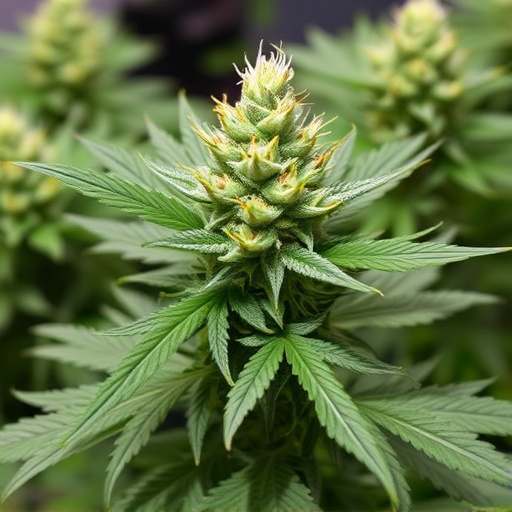
Cannabis metabolism refers to how your body processes and breaks down the compounds present in marijuana, including cannabinoids like THC (tetrahydrocannabinol) and CBD (cannabidiol). When you consume cannabis, whether through smoking or ingestion, these compounds enter your bloodstream and are transported to various organs. The liver plays a crucial role in metabolizing cannabis by converting THC into 11-hydroxy-THC (11-OH-THC), which is considered more potent and has a longer half-life than the original compound. This process can take several hours, impacting how long cannabis remains detectable in your system.
Elimination of cannabis from your body primarily occurs through urination and excretion. THC and its metabolites are fat-soluble, meaning they tend to accumulate in adipose tissue (fat cells). As a result, it can take longer for these compounds to leave your system, especially in individuals with higher body fat percentages. This is why understanding the metabolism of cannabis is essential, particularly when considering the impact on drug tests and legal implications. Knowing that certain highest yielding cannabis strains may have varying levels of THC and different metabolic rates can help users anticipate how long they might remain positive on tests after consumption.
Factors Affecting Cannabinoid Detection Time

The detection time of cannabinoids in your system is influenced by several factors, even more so when it comes to identifying remnants from consuming high-yielding cannabis strains. One of the primary variables is the method of consumption. Smoking or vaping cannabis leads to faster absorption and elimination of cannabinoids, with detection windows typically lasting a few days for regular users. In contrast, edible forms, while offering longer-lasting effects, can result in detectable levels of THC up to 30 days, especially in those who consume them infrequently.
Another crucial aspect is individual metabolism. People with faster metabolisms may clear cannabinoids more rapidly, leading to shorter detection times. Additionally, factors like frequency of use, the specific cannabinoid profile of the cannabis consumed (THC vs. CBD), and overall health can all play a role in how long these compounds remain present in your system. High-yielding strains, known for their potent THC content, could extend the detection period due to the increased concentration of metabolites that need to be processed by the body.
Testing Methods and Interpretation of Results for Highest Yielding Cannabis Strains
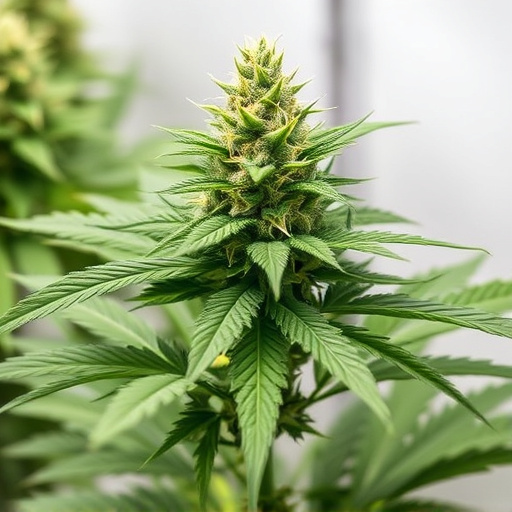
Testing methods play a crucial role in determining how long cannabis remains detectable in your system, especially for the highest yielding cannabis strains known for their potent effects and elevated THC levels. Traditional urine drug tests often detect cannabis metabolism products like THC-COOH (tetrahydrocannabinol carboxy metabolite), which can remain present for varying periods depending on factors such as frequency of use, dosage, and individual metabolism. For accurate results with highest yielding strains, advanced testing methods like gas chromatography-mass spectrometry (GC-MS) are employed. These sophisticated tools can identify and quantify THC and its metabolites in various bodily fluids, offering a more precise picture of cannabis consumption history.
Interpretation of results is equally important, especially when dealing with high-potency cannabis strains. A positive test for THC or its metabolites does not necessarily indicate recent use; it could reflect exposure several weeks or even months prior. For legal or employment purposes, understanding cut-off periods for detectability is essential. While there’s no one-size-fits-all answer, research suggests that for occasional users, cannabis can typically be detected in urine for 3-7 days after consumption of high-yield strains. However, heavy or chronic use may result in longer detection windows.
Understanding how long cannabis flowers stay in your system involves knowing your body’s metabolism and elimination processes, which can be influenced by various factors. For those seeking information on the highest yielding cannabis strains, it’s essential to note that while these strains may have potent effects, the duration of cannabinoid detection depends on individual biology and usage frequency. Testing methods offer valuable insights into determining residue levels, helping users make informed decisions regarding consumption and adherence to legal guidelines. Staying informed about these factors ensures responsible use and minimizes potential risks associated with cannabis metabolism.
